Sufficient supply, uncertain demand influence uranium markets
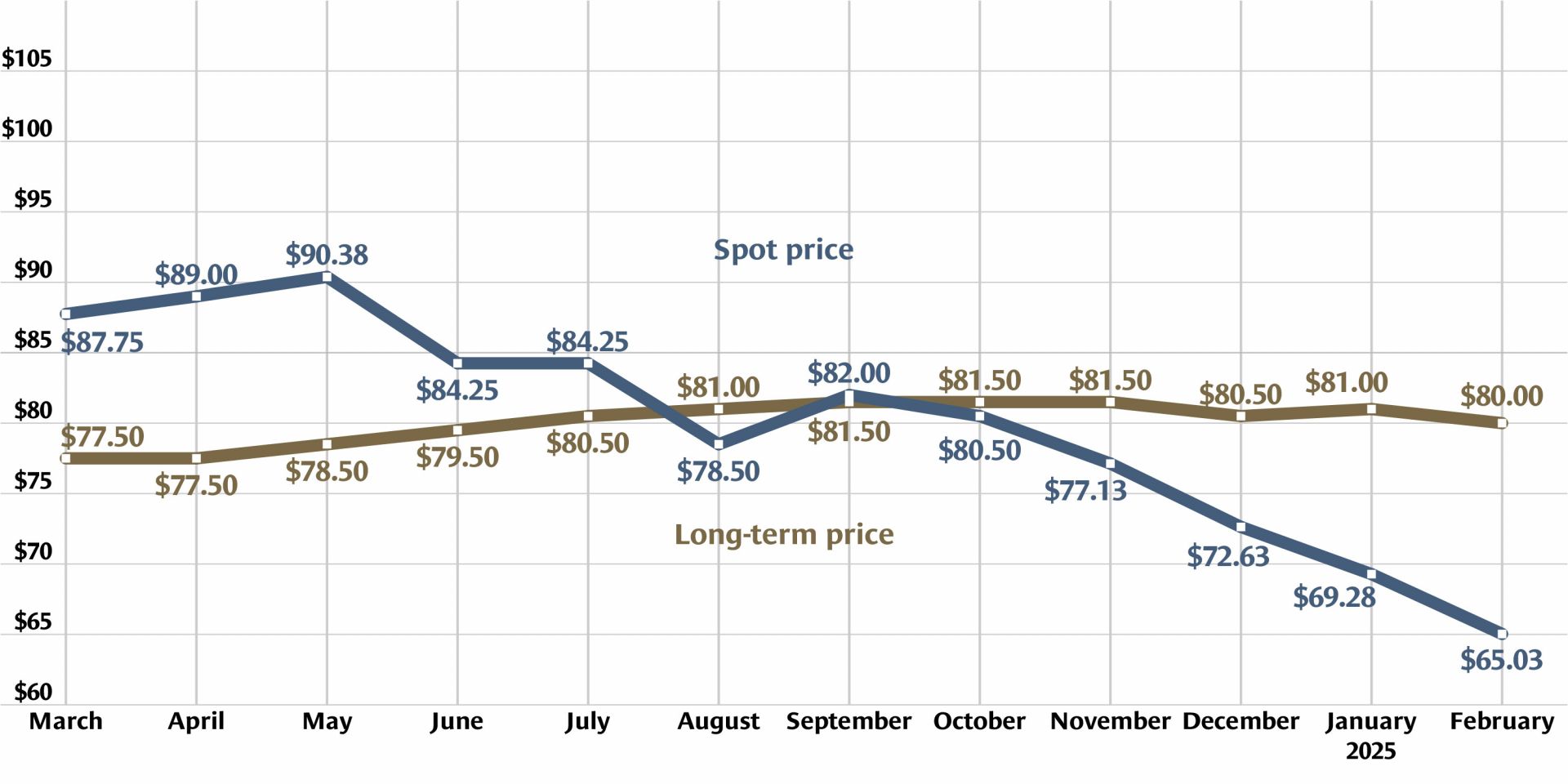
Uranium futures closed out February at about $65.55 per pound, according to online analysist firm Trading Economics. Futures prices have been below $66 per pound since mid-February.

A message from Goodway Technologies
Optimizing Maintenance Strategies in Power Generation: Embracing Predictive and Preventive Approaches

Uranium futures closed out February at about $65.55 per pound, according to online analysist firm Trading Economics. Futures prices have been below $66 per pound since mid-February.
The next opportunity to earn professional engineer (PE) licensure in nuclear engineering is this fall, and now is the time to sign up and begin studying with the help of materials like the online module program offered by the American Nuclear Society.

The American Nuclear Society election is now open. Members can vote for the Society’s next vice president/president-elect and treasurer as well as six board members (four U.S. directors, one non-U.S. director, and one student director). Completed ballots must be submitted by 1:00 p.m. (EDT) on Tuesday, April 15, 2025.

The French magnetic confinement fusion tokamak known as WEST maintained a plasma in February for more than 22 minutes—1,337 seconds, to be precise—and “smashed” the previous record plasma duration for a tokamak with a 25 percent improvement, according to the CEA, which operates the machine. The previous 1,006-second record was set by China’s EAST just a few weeks prior. Records are made to be broken, but this rapid progress illustrates a collective, global increase in plasma confinement expertise, aided by tungsten in key components.
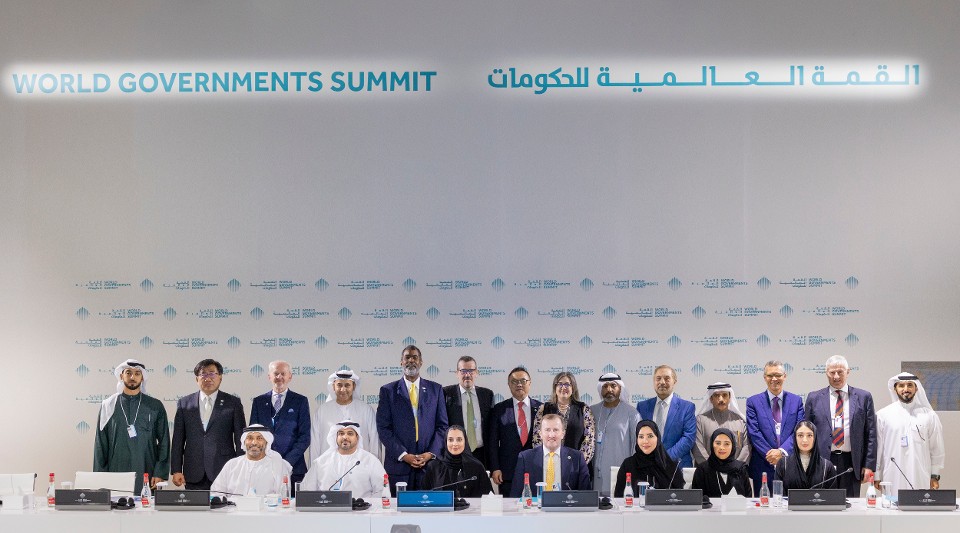
A panel on the potential of artificial intelligence to accelerate small modular reactors was held at the World Governments Summit (WGS) in February in Dubai, United Arab Emirates. The OECD Nuclear Energy Agency cohosted the event, which attracted leaders from developers, IT companies, regulators, and other experts.
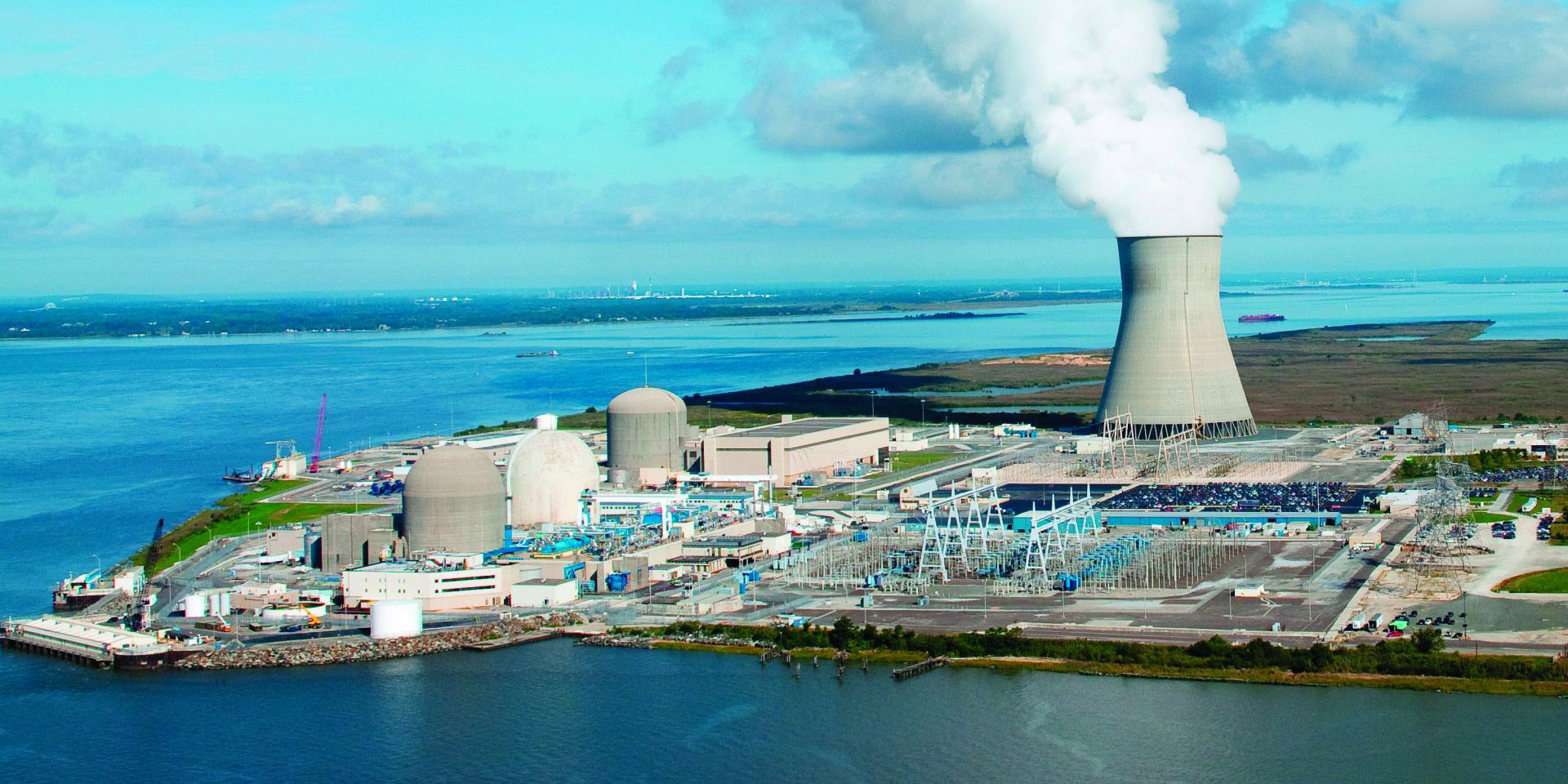
The Nuclear Regulatory Commission is conducting a special inspection at Hope Creek nuclear plant in New Jersey to investigate the cause of repeated inoperability of one of the plant’s emergency diesel generators, the agency announced in a February 25 news release.

A former assistant secretary for nuclear energy at the Department of Energy recently appeared on Neil deGrasse Tyson’s StarTalk YouTube show to discuss the future of nuclear energy in the United States and abroad.
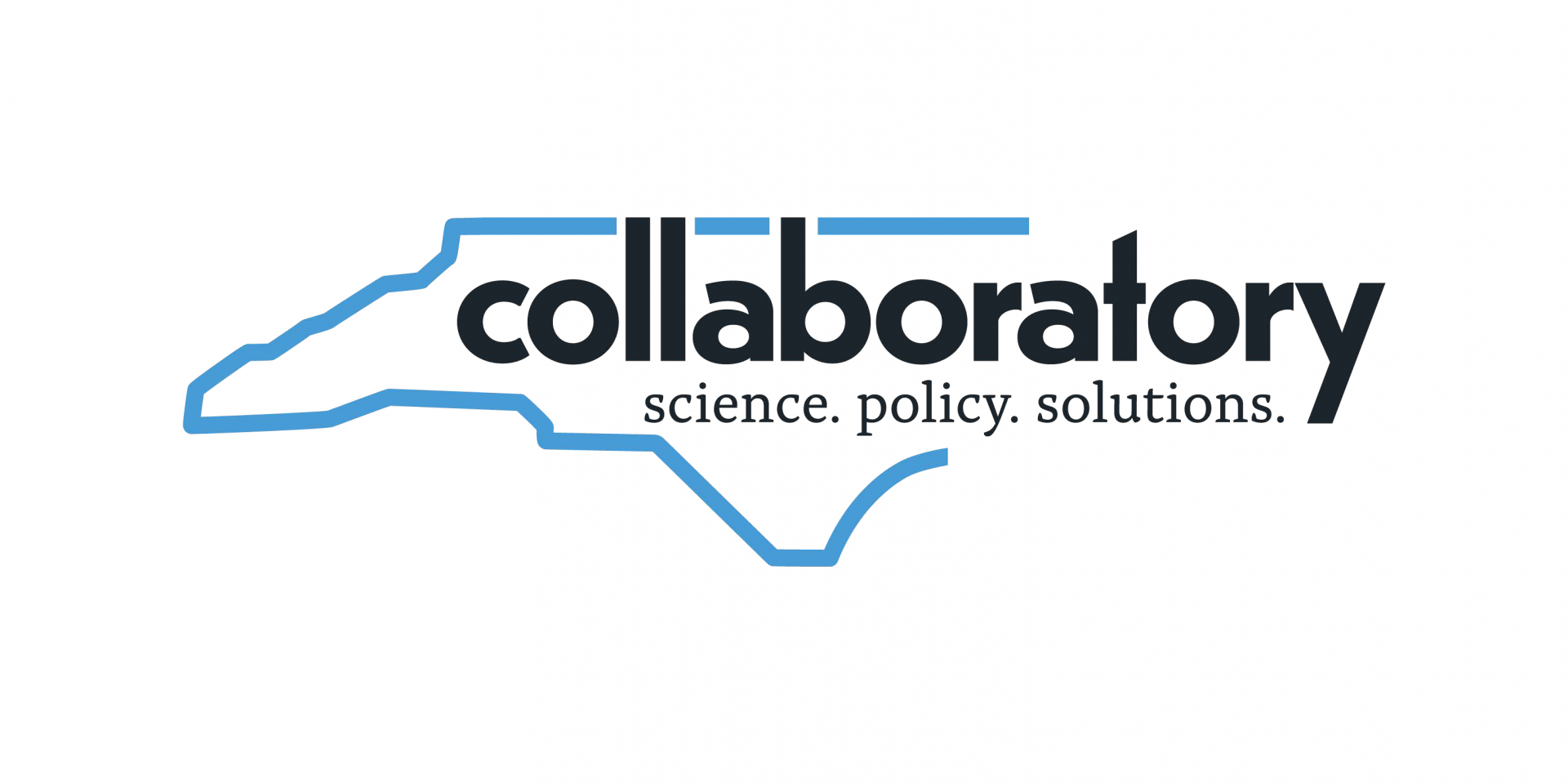
North Carolina State University and the Electric Power Research Institute have been awarded a $500,000 grant by the NC Collaboratory for “An Assessment to Define Advanced Reactor Workforce Needs,” a project that aims to investigate job needs to help enable new nuclear development and deployment in North Carolina and surrounding areas.
A research team led by scientists at Ohio State University has developed a prototype battery capable of being powered by the ambient gamma radiation given off by the radioisotopes in external nuclear waste.

As highlighted in the Spring 2024 issue of Radwaste Solutions, researchers at the Department of Energy’s Argonne National Laboratory are developing and deploying ARG-US—meaning “Watchful Guardian”—remote monitoring systems technologies to enhance the safety, security, and safeguards (3S) of packages of nuclear and other radioactive material during storage, transportation, and disposal.
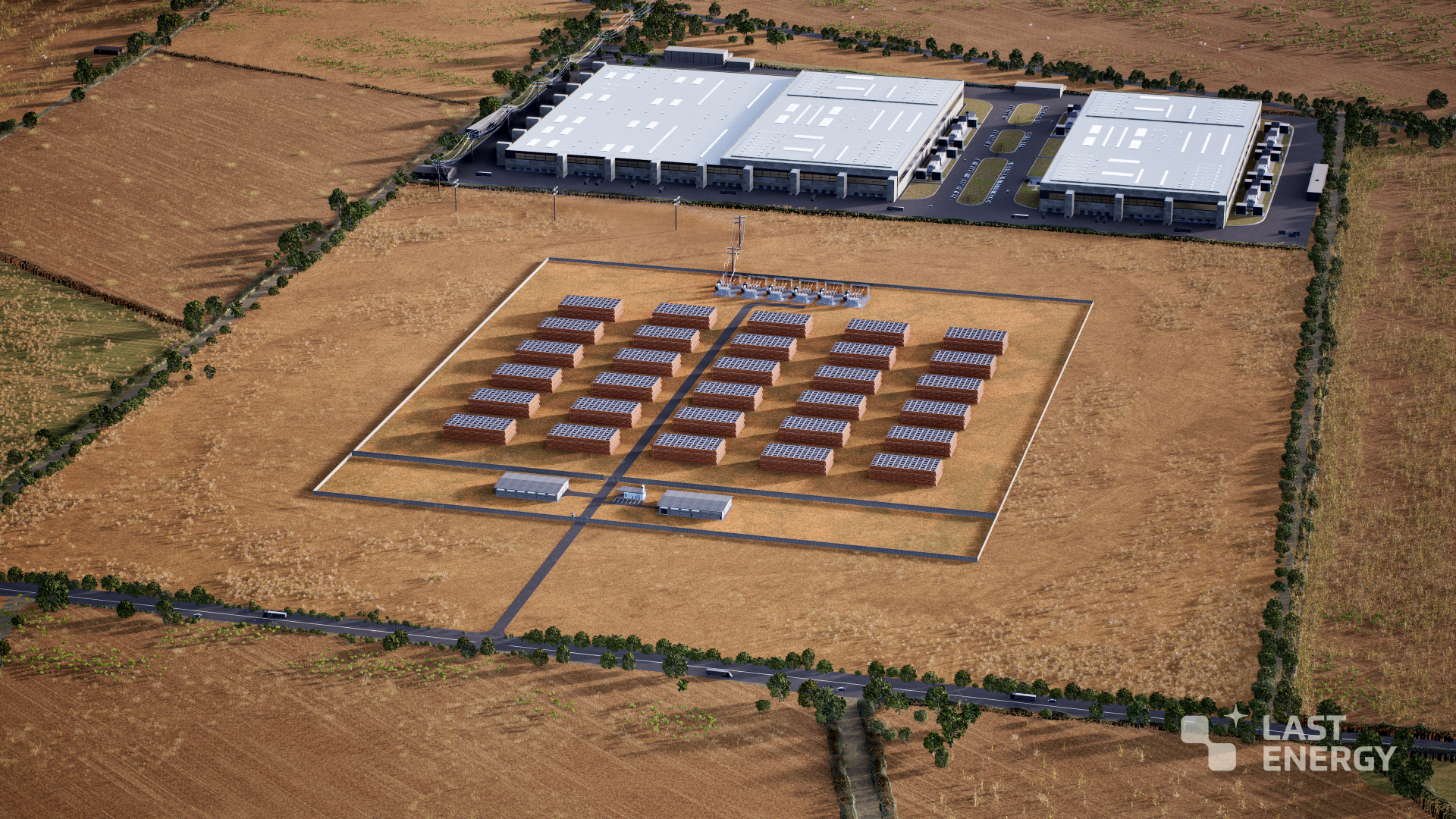.png)
February has been big for nuclear in the state of Texas. On February 2, Governor Greg Abbott declared “It’s time for Texas to lead a nuclear power renaissance in the United States.” Two days later, Texas A&M University invited four advanced reactor developers—Aalo Atomics, Kairos Power, Natura Resources, and Terrestrial Energy—to build nuclear capacity on its RELLIS campus. On February 18 Natura announced plans for two 100-MWe molten salt reactors—one at TAMU RELLIS and the other in the Permian Basin—through a partnership with the Texas Produced Water Consortium and Texas Tech University. And today, Last Energy announced plans to site 30 microreactors—20-MWe pressurized water reactors—at a 200-acre site in northwestern Texas to power data centers.

Pacific Northwest National Laboratory has reported that researchers there have created a tough new alloy that has potential use in advanced nuclear reactors and that is not dependent on a difficult-to-get element. The research team, which included materials scientists Isabella van Rooyen, Subhashish Meher, and Steven Livers, started its experiments with the highly durable nickel-chromium-cobalt-molybdenum “super alloy” known as Inconel 617 (IN617).
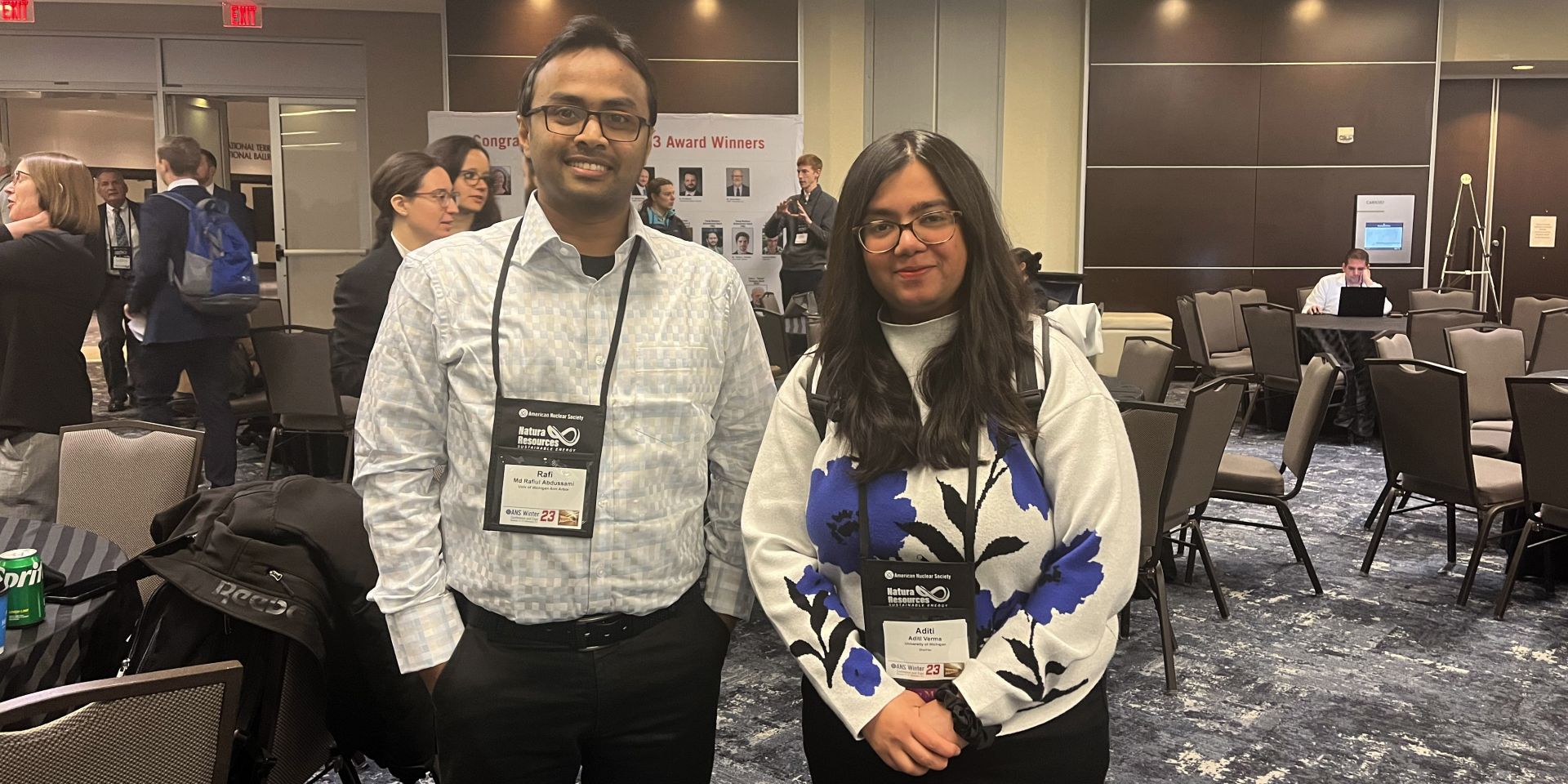
Muhammad Rafiul Abdussami is hoping to “shape a brighter future” through innovative approaches to nuclear engineering. The young native of Bangladesh, who is known to friends and colleagues as Rafiul, is a doctoral student in his third year in the University of Michigan’s Department of Nuclear Engineering and Radiological Sciences (UMich NERS). He expects to graduate in December 2026. He is also enrolled in the Science, Technology, and Public Policy (STPP) graduate certificate program in the UMich Ford School of Public Policy.

The Nuclear Regulatory Commission has sent a February 26 letter to George Wilson, vice president of regulatory affairs for TerraPower, informing him that the agency’s draft safety evaluation (SE) has been completed on the company’s construction permit application for Kemmerer Power Station Unit 1. This advanced non–light water reactor design, dubbed Natrium, is slated for construction near a retiring coal plant in Wyoming as TerraPower’s first reactor.

The ITER organization (IO) recently published an article asking, “Have you ever wondered what it’s like inside an operating tokamak?” For speculative answers, the international nuclear fusion project turned to electrical engineer Michael Walsh, the new head of ITER’s Fusion Technology—Instrumentation & Control Division and previous head of ITER’s Diagnostics Division.

Nuclear Waste Services (NWS), which manages the disposal of the United Kingdom’s low-level radioactive waste, announced this week that a major milestone has been reached at its Low Level Waste Repository in West Cumbria, England, as work begins on the final capping of legacy disposal trenches and vaults at the site.

The Tax Court of New Jersey has ruled that Oyster Creek’s spent nuclear fuel storage casks are subject to taxation as real property.
Following the release of a new report from the National Academies of Sciences, Engineering, and Medicine on the future of advanced nuclear reactors in the United States, experts in policymaking, finance, regulation, community engagement, and energy technologies convened a workshop recently on how a safe and secure foundation for the nuclear industry going forward can be laid.
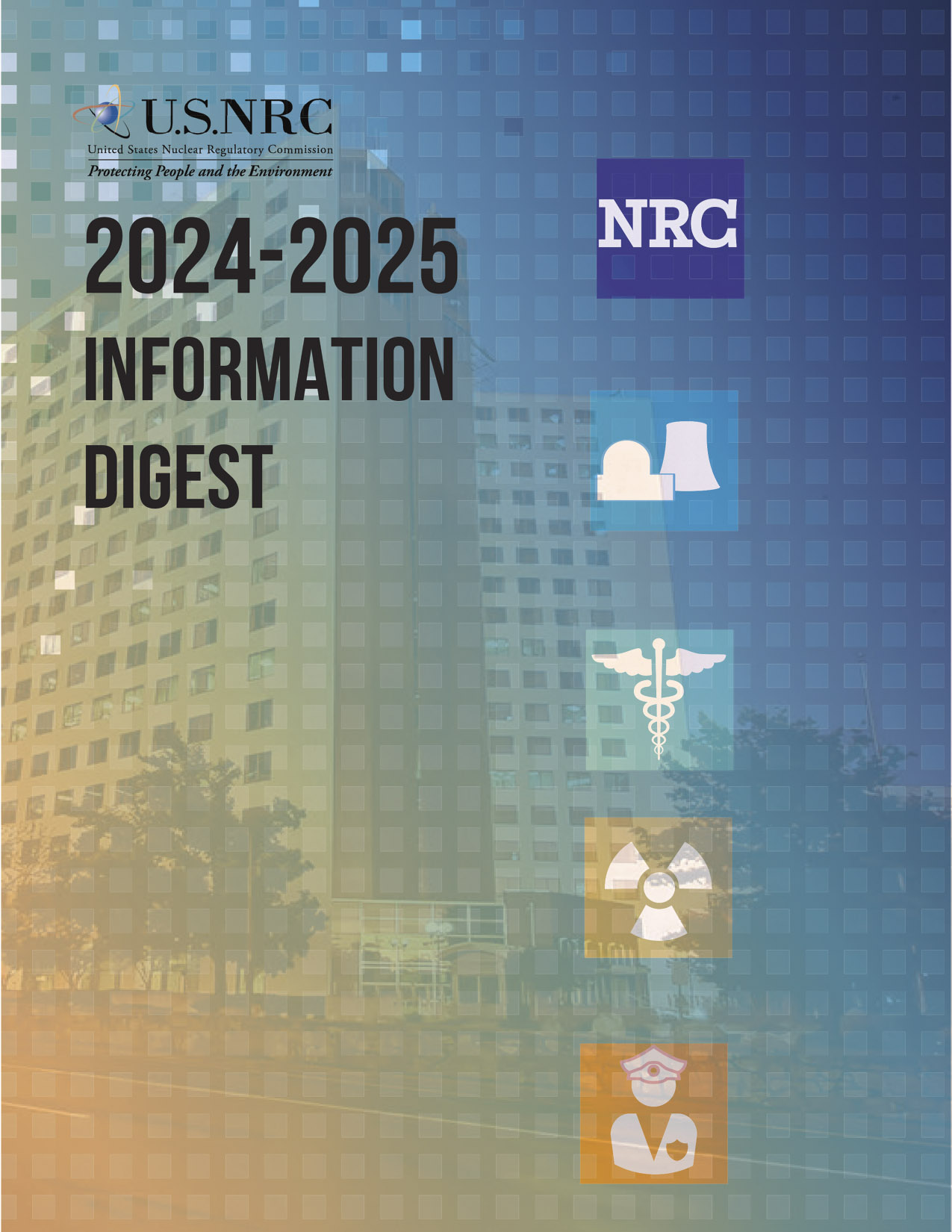 The Nuclear Regulatory Commission has published its 2024–2025 Information Digest, NUREG-1350, Vol. 35, which describes the agency’s responsibilities and activities and provides general information regarding nuclear-related topics.
The Nuclear Regulatory Commission has published its 2024–2025 Information Digest, NUREG-1350, Vol. 35, which describes the agency’s responsibilities and activities and provides general information regarding nuclear-related topics.
According to the NRC, the digest is intended to be a quick reference with important facts about the NRC and the industry it regulates presented publicly in an “easy-to-understand format” with visual aids.
The NRC published the digest annually from 1989 until 2023, when the agency switched to a two-year publication cycle. The next digest containing updated data will be published in February 2027.

We welcome ANS members with long careers in the community to submit their own stories so that the personal history of nuclear power can be capured. For information on submitting your stories, contact nucnews@ans.org.
When I graduated from Scranton University in 1956 with a B.S. in physics, I was in awe of the nuclear era and determined to be part of a nuclear future. Fortunately, I landed a position with Pratt & Whitney Aircraft as part of the Aircraft Nuclear Propulsion program. The position included a one-year assignment as a visiting staff member at Oak Ridge National Laboratory.